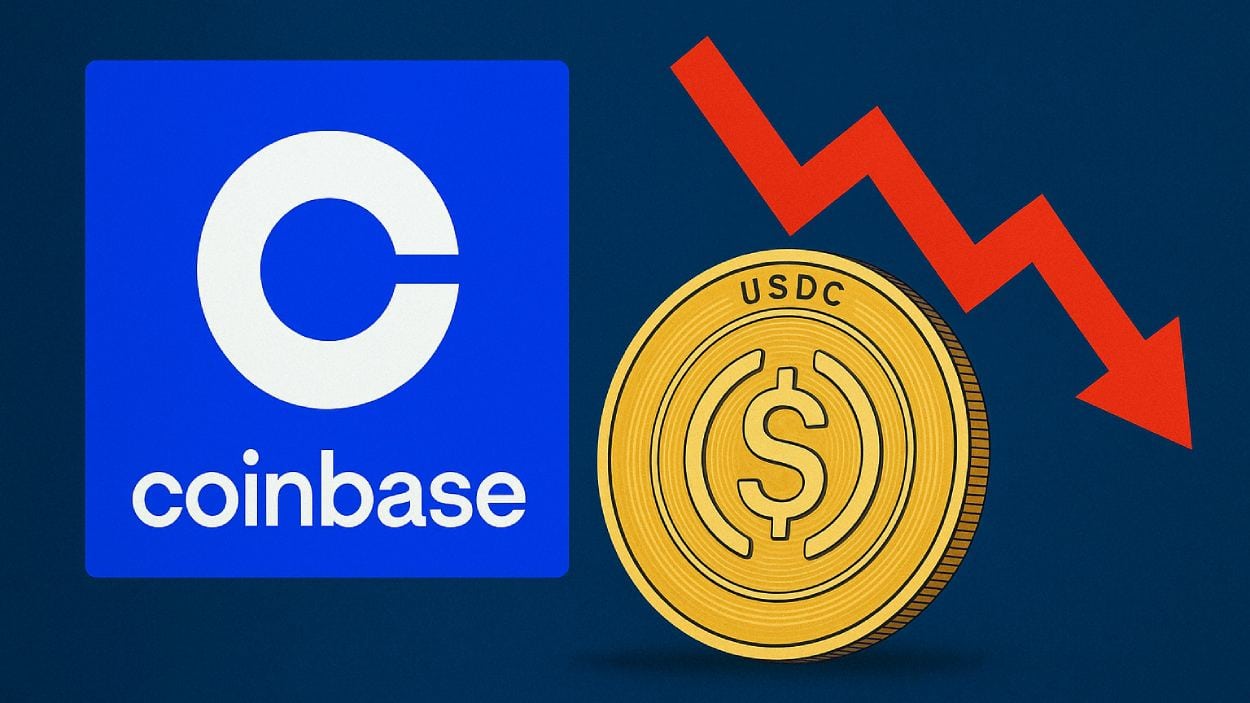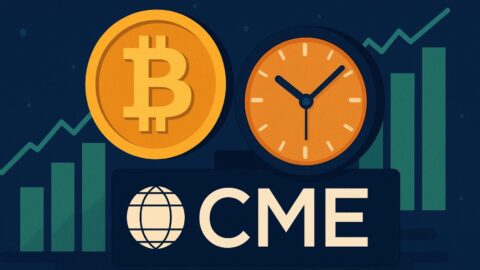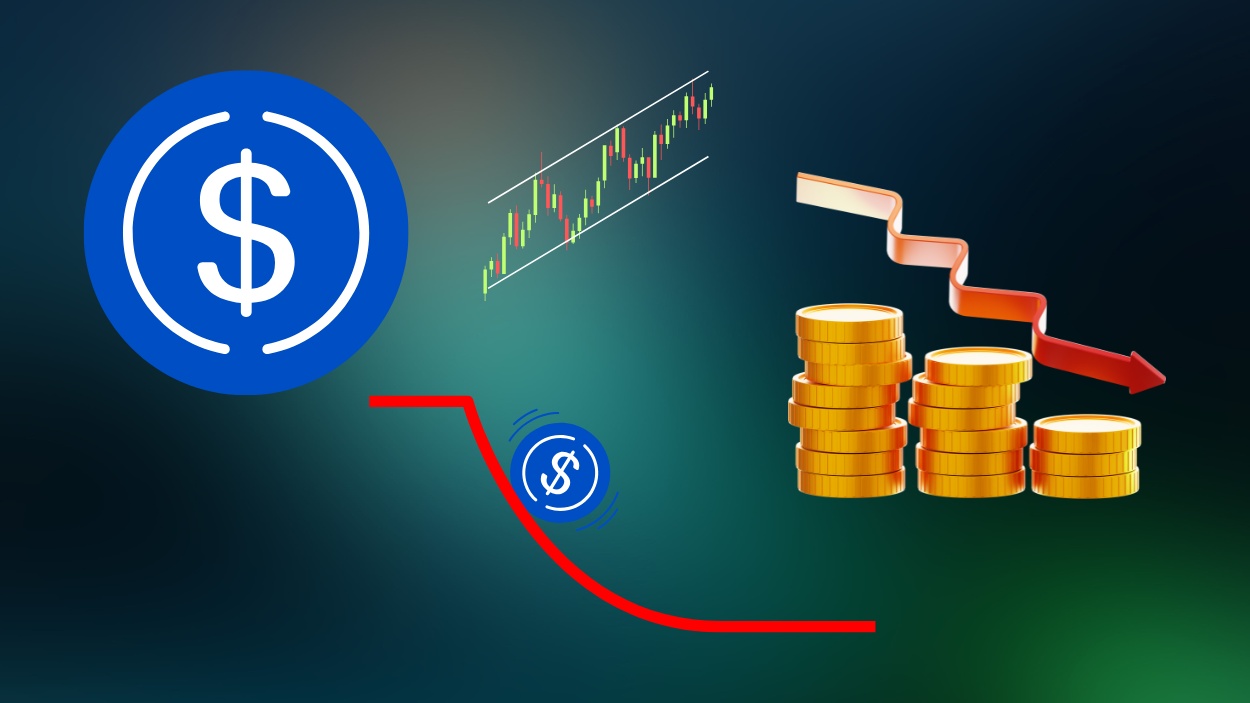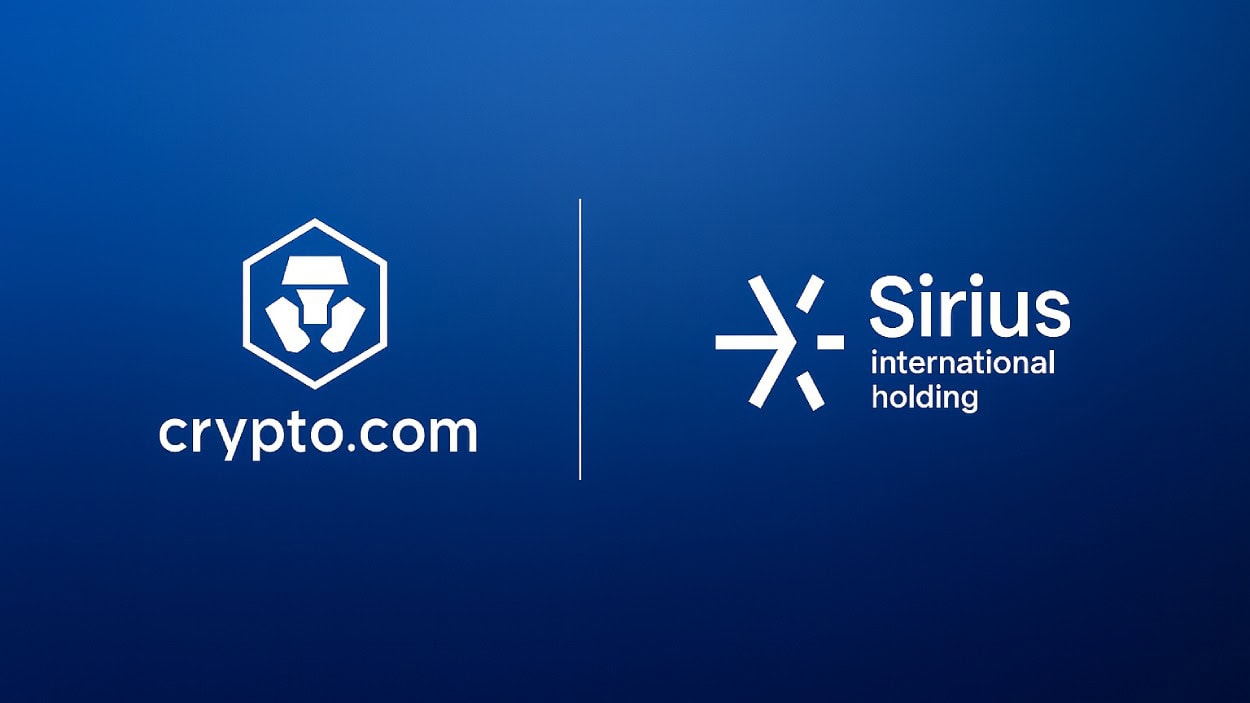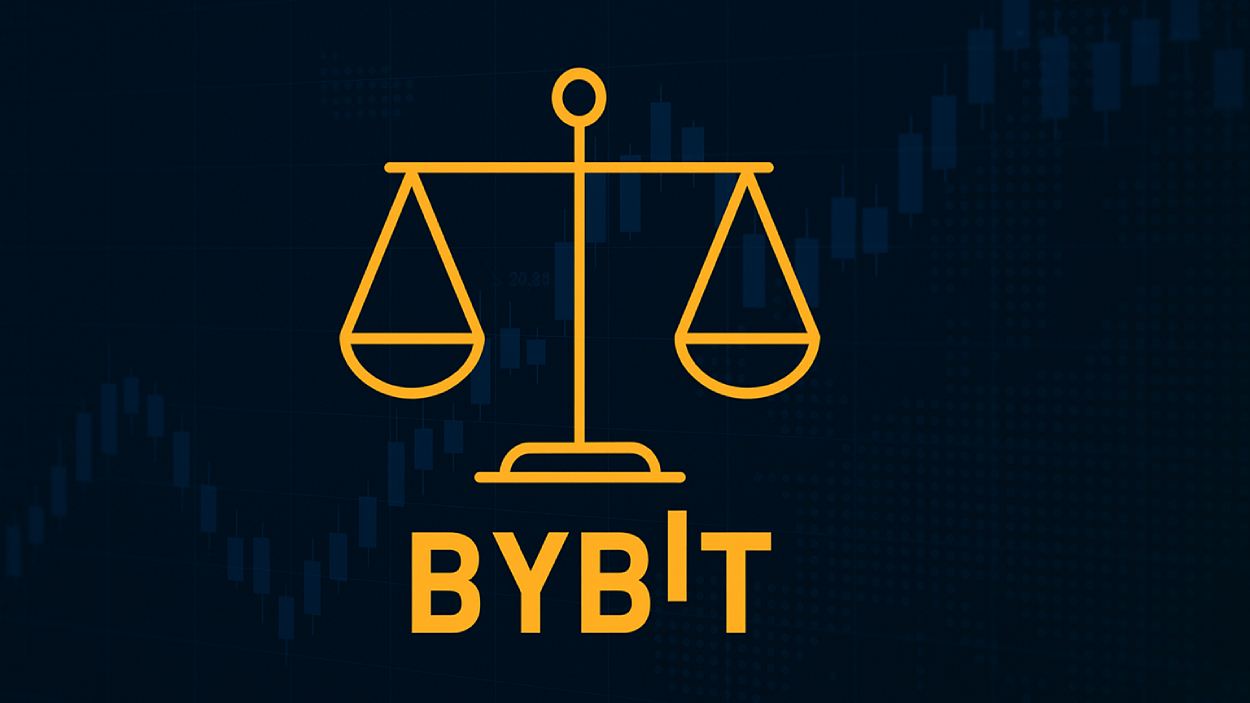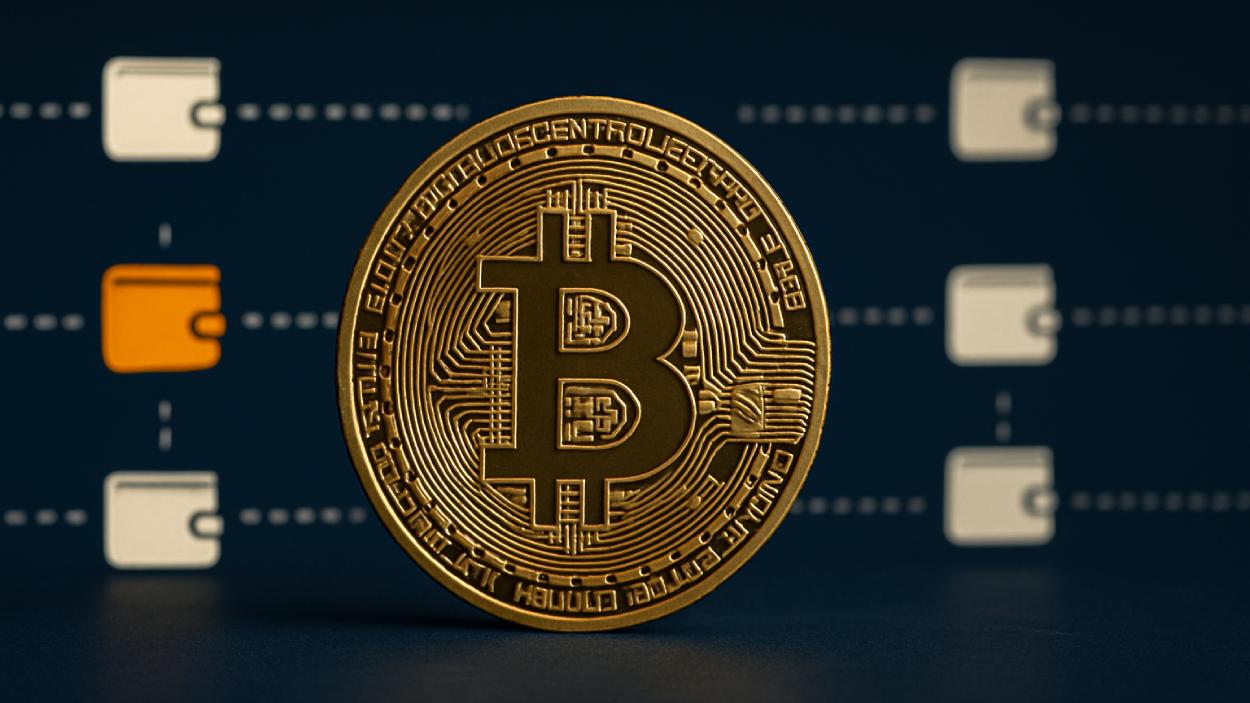Coinbase will begin charging a 0.1% fee on large USDC-to-USD conversions, ending its zero-fee stablecoin policy and drawing sharp criticism from users.
Key Takeaways
- 1Coinbase will charge a 0.1% fee on USDC-to-USD conversions exceeding $5 million over a 30-day period, starting August 13.
- 2The move comes after disappointing Q2 results and is seen as a way to combat arbitrage strategies exploiting free off-ramps.
- 3Users and crypto influencers have criticized the fee, comparing it to traditional bank charges and raising concerns about centralization.
- 4Coinbase insists the change is experimental and part of efforts to optimize liquidity and respond to competitive pressures.
What Happened?
Coinbase is shaking up its stablecoin policy by imposing a 0.1% fee on net USDC-to-USD conversions above $5 million within a 30-day rolling period. Previously, users could off-ramp USDC to fiat without any cost. This change, effective August 13, marks a major shift for the exchange and has sparked widespread criticism across the crypto community.
The decision closely follows poor Q2 earnings, missed revenue targets, and a dramatic 15% drop in Coinbase’s stock price, prompting the company to introduce measures to optimize operational costs.
Coinbase’s First Stablecoin Conversion Fee
Coinbase had long positioned itself as a zero-fee gateway for USDC off-ramping. However, starting August 13, the fee will apply to net conversions after deducting USDC purchases from sales. According to Coinbase, the policy is meant to address operational costs tied to large redemptions and curb arbitrage opportunities linked to Tether (USDT).
- Competitors like Tether already charge a 0.1% fee or $1,000 minimum for large USDT redemptions.
- Coinbase is introducing a tiered fee system, with the 0.1% fee kicking in above $5 million.
- Larger conversions above $40 million and $200 million will incur higher fees up to 0.2%.
Coinbase CEO Brian Armstrong confirmed the rationale, replying “Yep” to a post suggesting the fee targets users who swap USDT to USDC to avoid Tether’s redemption costs.
Yep
,Brian Armstrong (@brian_armstrong) August 7, 2025
Community Pushback and “Bank Fee” Allegations
The announcement triggered strong reactions. Influencers like Ryan Sean Adams from the Bankless podcast warned that this could set a worrying precedent. “Feels like bank fees again,” Adams posted, highlighting fears that stablecoins are becoming indistinguishable from traditional financial products.
Hmmm…why
,RYAN SΞAN ADAMS – rsa.eth 🦄 (@RyanSAdams) August 6, 2025
I don’t love the precedent here. What if this dropped to $10k. Feels like bank fees again @coinbase.
$1 USD = $1USDC right? pic.twitter.com/l9easdJM2t
Will McComb, Coinbase’s senior product manager for stablecoins, clarified the move is a test:
“We’re running an experiment to better understand how fees impact USDC off-ramping… we’re committed to making sure Coinbase is the best place to use stablecoins.”
Despite this explanation, users remain skeptical, especially given Coinbase’s recent history of account restrictions and freezes, which have already weakened trust. Some view the fee as a step toward centralization and a betrayal of crypto’s core promise of frictionless, decentralized finance.
Revenue Pressures Drive Policy Shift
Coinbase’s fee introduction also comes amid increased financial strain:
- Q2 revenue fell to $1.5 billion, missing analyst estimates by nearly $100 million.
- Retail trading volume dropped 39% to $764 million.
- Despite buying 2,509 Bitcoin worth $222 million, the firm’s bottom line continued to weaken.
- Ark Invest sold $6.5 million in Coinbase stock after the earnings report.
Stablecoin-related revenue, however, rose 12% year-over-year to $332 million, suggesting that monetizing off-ramping could be a key revenue lever going forward.
Coinbase has also announced a $2 billion convertible bond offering to raise capital for operations, acquisitions, and managing debt.
Coinbase and Circle’s Close Relationship Under Scrutiny
The decision also shines a spotlight on Coinbase’s partnership with USDC issuer Circle. While Circle touts USDC as a low-cost, high-speed dollar equivalent, the introduction of off-ramp fees by its largest distributor could undermine that narrative.
Arthur Hayes, founder of BitMEX, questioned:
“When evaluating a stablecoin issuer, the key is distribution. How will they distribute their product?”
Critics argue that this move may eventually lead to more platforms introducing similar fees, turning stablecoins into gated financial products, especially for institutional users.
CoinLaw’s Takeaway
This is one of those changes that might seem small on paper but really shakes the foundation. As someone who values what crypto stands for, I get why users are upset. Coinbase saying it’s just an “experiment” doesn’t erase the fact that they’re stepping into the same territory crypto was meant to disrupt. The fact that we’re now talking about ETF-like redemption fees for digital dollars is wild. If this becomes the norm, stablecoins could end up more like bank accounts than open money. I hope Coinbase rethinks how this impacts their users’ trust.

